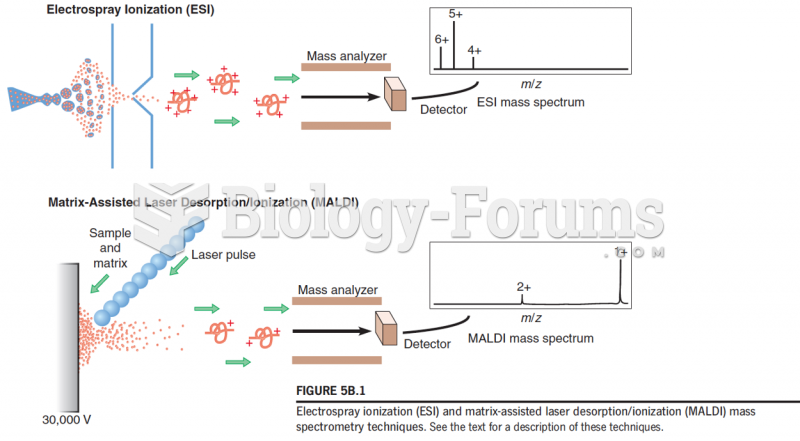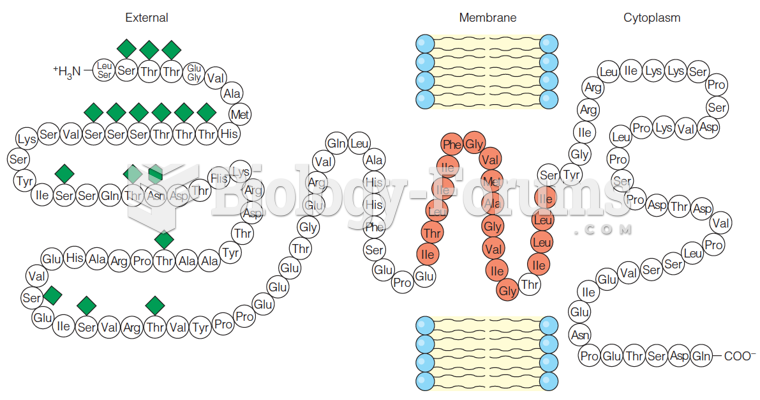Answer to Question 1
ANS: B
Start with open-ended questions to allow the client to tell his or her story in his or her own way to obtain general information. Use focused questions to obtain more specific information Start with open-ended, not focused or closed, questions. Proceed to focused questions, not closed questions.
Answer to Question 2
ANS: B
Paraphrasing is a listening response, which focuses on the cognitive component of a message. It is used to check whether the nurse's translation of the client's words represents an accurate interpretation of the message. The strategy takes the essential information expressed in the client's original message and presents it in a shorter, more specific form, without losing its meaning. The focus is on the core elements of the original statement: In other words, what I think I hear you saying is, or let me understand, are you saying that.? Clarification is a listening response, used to ask clients for more information or for elaboration on a point. The strategy is useful when parts of a client's communication are ambiguous or not easily understood. Failure to ask for clarification when part of the communication is poorly understood means that the nurse will act on incomplete or inaccurate information. For example, you could say, May I tell you what I have understood so far, and see if you think I understand your situation? Restatement is an active listening strategy used to broaden a client's perspective or provide a sharper focus on a specific part of the communication. Restating a self-critical or irrational part of the message in a questioning manner focuses the client's attention on the possibility of an inaccurate or global assertion. Restatement is particularly effective when the client overgeneralizes or seems stuck in a repetitive line of thinking. To challenge the validity of the client's statement directly could be counterproductive, whereas repeating parts of the message in the form of a query serves a similar purpose without raising defenses; for example, Let me see if I have this right
Validation is a special form of feedback, used to ensure that both participants have the same basic understanding of messages. Simply asking clients whether they understand what was said is not an adequate method of validating message content. Validation can provide new information that helps the nurse frame comments that match the client's need.







